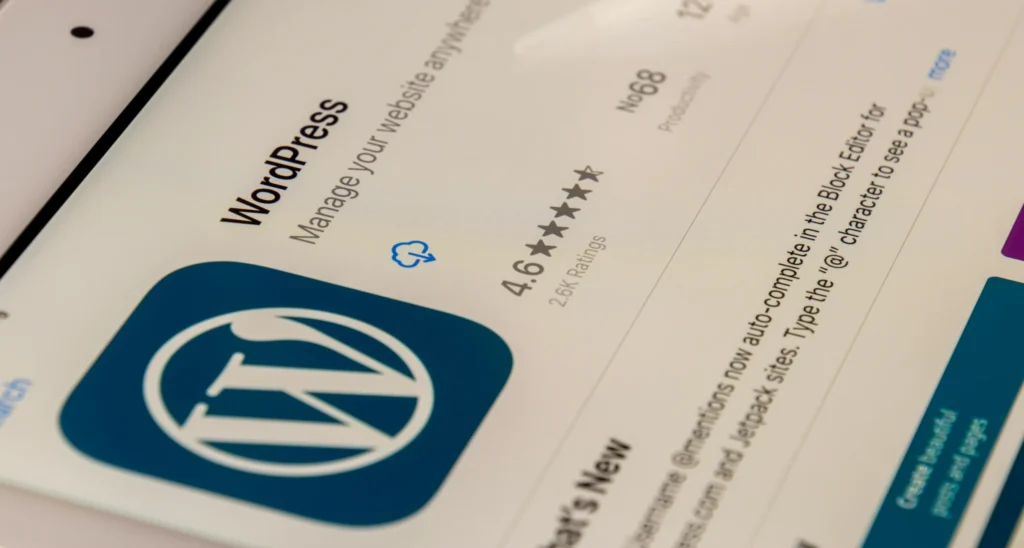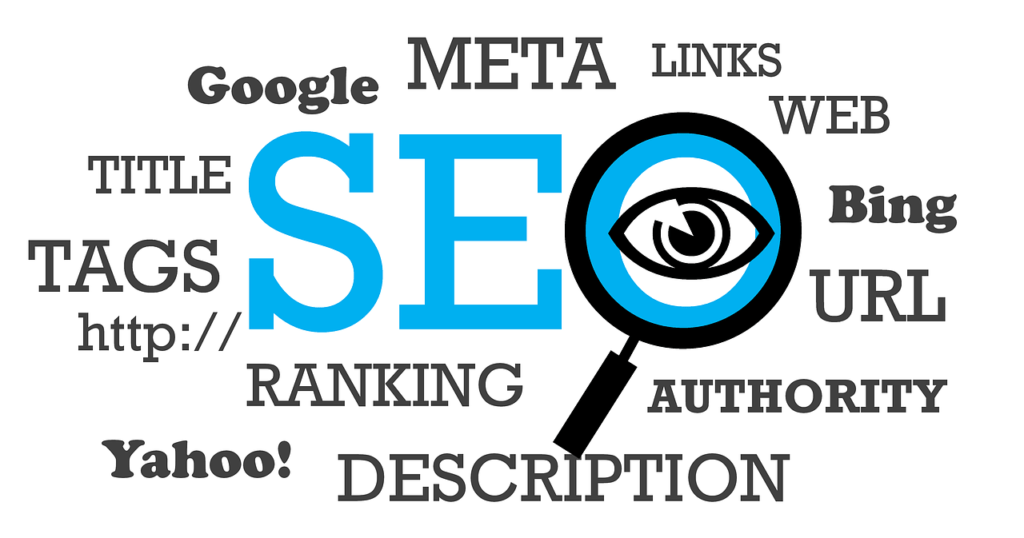Content marketing is a powerful tool for businesses to connect with their audience, build relationships, and ultimately drive growth. But where do you start? How do you ensure your efforts are effective and impactful? In this guide, we’ll delve into the essentials of content marketing, from setting clear goals to finding your niche audience and promoting your content effectively.
Setting Clear Goals for Your Content Marketing
Before diving headfirst into content creation, it’s crucial to define your goals. What do you aim to achieve with your content marketing efforts? There are generally two primary goals: attracting new customers or engaging existing ones.
Attracting New Customers: This goal focuses on creating content that appeals to potential customers who may not yet be familiar with your brand. By offering valuable and relevant content, you can attract their interest and eventually convert them into paying customers.
- Engaging Existing Customers: For businesses looking to deepen relationships with their current customer base, content marketing can be used to nurture loyalty, encourage repeat business, and even inspire customers to advocate for your brand.
Choosing a specific goal allows you to tailor your content strategy accordingly, making it easier to measure success and garner support from stakeholders as you expand your content marketing efforts.
Finding Your Niche Audience
With over 3.5 billion people using the internet, the challenge isn’t reaching everyone but rather connecting with the right people—your niche audience. These are individuals who align closely with your ideal customer profile and are most likely to benefit from and engage with your content.
- Identifying Priority Customers: Start by identifying the segments of customers that are most valuable to your business goals. These are the individuals whose needs, challenges, and aspirations your content should address.
- Choosing Relevant Contexts: Determine the contexts in which your content can be most useful to your priority customers. Whether it’s providing buying guides, educational resources, or industry insights, tailor your content to meet their specific needs at different stages of their customer journey.
By focusing on a niche audience, you can create content that resonates deeply with them, fostering stronger connections and increasing the likelihood of achieving your content marketing objectives.
Defining Your Unique Brand Point of View
In a sea of digital content, how do you make yours stand out? The answer lies in developing a distinct brand point of view that sets your content apart from the competition.
- Clarifying Brand Values: Start by identifying the core values that define your brand. What does your brand stand for, and how do these values translate into the content you create?
- Establishing Brand Voice: Your brand voice is the personality of your content—it’s what makes your writing unique and memorable. Define the tone, style, and language that align with your brand values and resonate with your target audience.
- Crafting a Brand Platform: A brand platform summarizes your brand’s perspective on key themes or topics relevant to your audience. It serves as a guide for creating consistent and cohesive content that reflects your brand’s unique viewpoint.
By defining a clear brand point of view, you not only differentiate your content but also establish a stronger connection with your audience, making your content more compelling and impactful.
Delivering Exceptional Content Experiences
Creating great content is only half the battle; delivering exceptional content experiences is equally important in content marketing success.
- Optimizing Content Discovery: Make it easy for your audience to find your content by optimizing it for search engines, leveraging social media channels, and promoting it through email newsletters. Consider the formats and platforms that best suit your audience’s preferences and behaviors.
- Enhancing Content Consumption: Focus on providing a seamless and enjoyable experience for your audience when consuming your content. Ensure your content is accessible, visually appealing, and optimized for different devices to minimize friction and maximize engagement.
- Encouraging Further Engagement: Guide your audience towards additional content or actions by suggesting related articles, encouraging social sharing, or prompting subscriptions. Make it effortless for them to continue their journey with your brand after consuming initial content.
By prioritizing content experiences, you not only capture your audience’s attention but also cultivate lasting relationships built on trust and value.
Promoting Your Content Effectively
Creating valuable content is just the first step; promoting it effectively is crucial to maximizing its reach and impact.
- Harnessing the Power of Email: Build and nurture your email list to keep your audience informed about new content, updates, and offers. Email marketing provides a direct line of communication with your audience, allowing you to personalize messages and drive traffic to your website.
- Utilizing Social Media Channels: Leverage your social media platforms to share your content, engage with your audience, and amplify your brand’s visibility. Tailor your messaging and content formats to each platform’s unique audience and capabilities to maximize engagement and reach.
- Investing in Paid Promotion: Allocate a budget for promoting your most valuable content through paid channels such as social media advertising or sponsored content. Target specific demographics, interests, or behaviors to reach new audiences and drive traffic to your content.
By diversifying your promotion strategies and leveraging both organic and paid channels, you can extend your content’s reach, attract new audiences, and achieve your content marketing goals more effectively.
Avoiding Common Pitfalls in Content Marketing
While content marketing offers tremendous potential, it’s essential to navigate common pitfalls to ensure success.
- Avoiding Broad Targeting: Resist the temptation to cast too wide a net with your content. Focus on a specific audience segment that aligns closely with your brand’s objectives and create content that addresses their specific needs and interests.
- Balancing Specificity with Scalability: While targeting a niche audience is essential, ensure your content strategy remains scalable and sustainable. Continuously identify new topics and opportunities to expand your content offerings while maintaining relevance and value.
By learning from these common mistakes and course-correcting as needed, you can optimize your content marketing efforts and drive meaningful results for your business.
In conclusion, mastering content marketing requires a strategic approach focused on setting clear goals, identifying your niche audience, delivering exceptional content experiences, effectively promoting your content, and avoiding common pitfalls. By aligning your content strategy with your brand’s values and audience’s needs, you can create compelling, valuable content that resonates with your audience and drives business growth.
Whether you’re just starting or looking to refine your existing content marketing strategy, remember that consistency, relevance, and audience-centricity are key to achieving long-term success in content marketing.





















